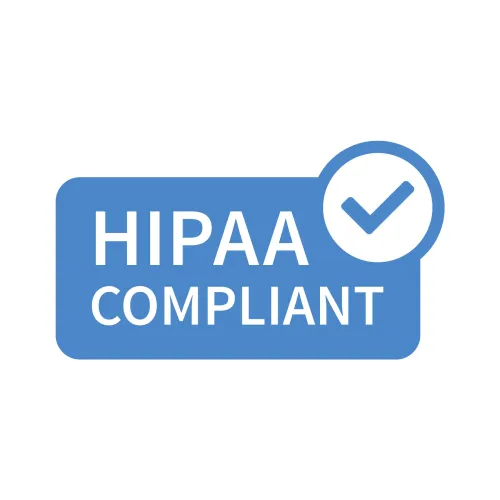Pediatric Coding Alert
Reader Question:
Stay Alert on Self-Audit Frequency
Published on Tue Jan 24, 2017

You’ve reached your limit of free articles. Already a subscriber? Log in.
Not a subscriber? Subscribe today to continue reading this article. Plus, you’ll get:
- Simple explanations of current healthcare regulations and payer programs
- Real-world reporting scenarios solved by our expert coders
- Industry news, such as MAC and RAC activities, the OIG Work Plan, and CERT reports
- Instant access to every article ever published in Revenue Cycle Insider
- 6 annual AAPC-approved CEUs
- The latest updates for CPT®, ICD-10-CM, HCPCS Level II, NCCI edits, modifiers, compliance, technology, practice management, and more
Related Articles
Other Articles in this issue of
Pediatric Coding Alert
- Procedure Coding:
Listen to the Experts on Coding Cerumen Removal
Addition of 69209 adds layer of challenge to choosing code. Since 2016, coders have had [...] - Modifiers:
Check Global to Nail 25/57 Encounters
Reserve modifier 57 for “major” surgeries. To get the most out of every patient/provider encounter, [...] - E/M Coding:
Code Prolonged Service After Discovering the Provider
Different staff has different CPT® codes to report. If your provider performs a prolonged, in-office [...] - You Be the Coder:
Modifiers and Multiple Fracture Care Coding
Question: Encounter notes indicate that the physician performed a level-four evaluation and management (E/M) service for [...] - Reader Question:
Stay Alert on Self-Audit Frequency
Question: As the lead in our coding department, the practice manager recently placed me in charge [...] - Reader Question:
Often, Only Admitting Physician Can Code 99221-99223
Question: Can you use inpatient initial care codes 99221-99223 more than once in the same day [...]
View All




